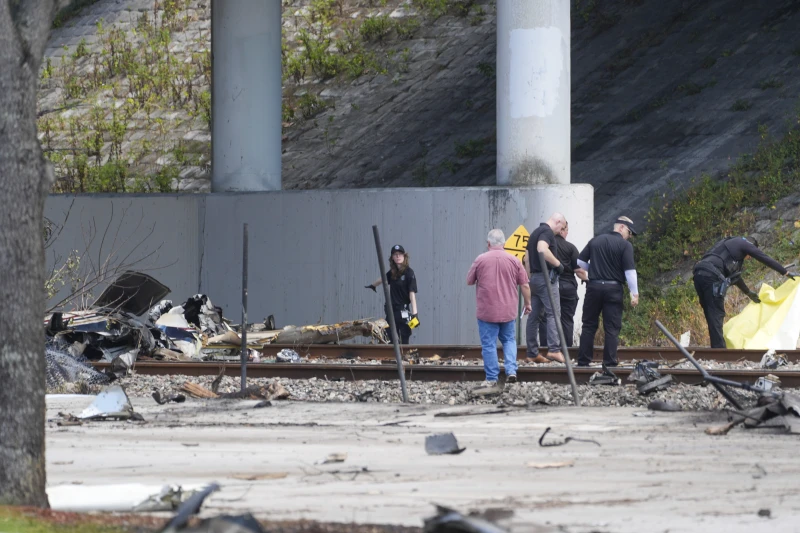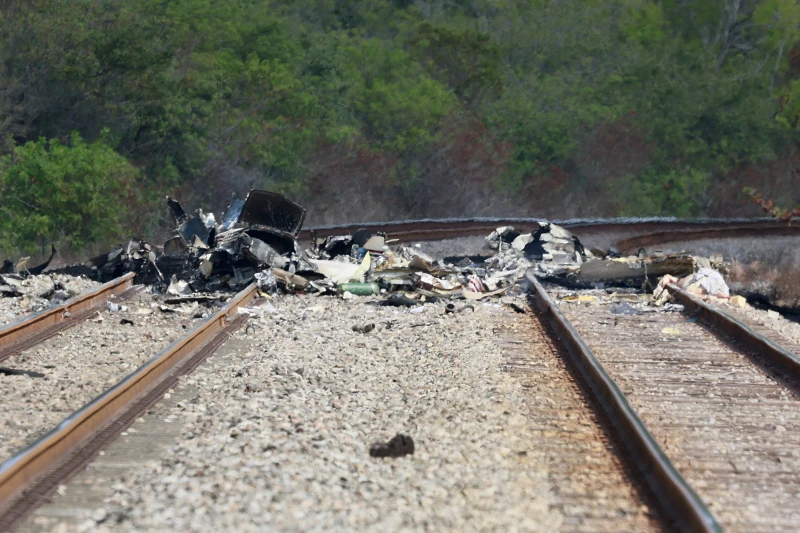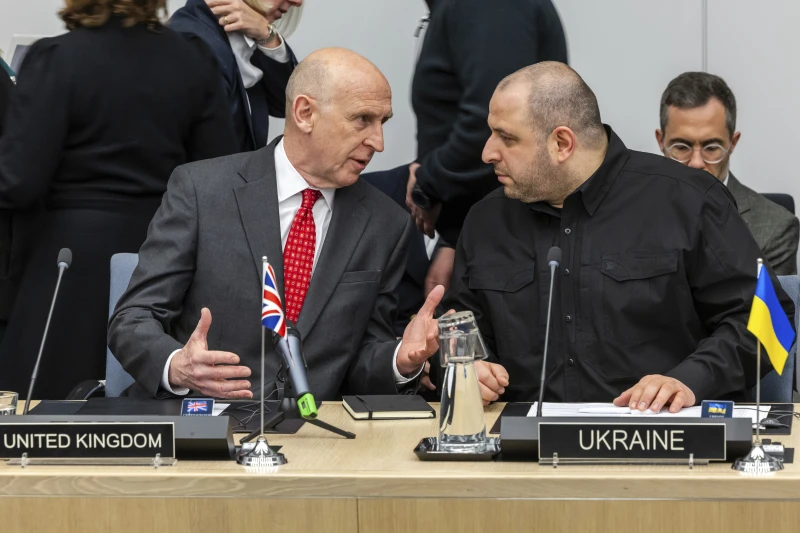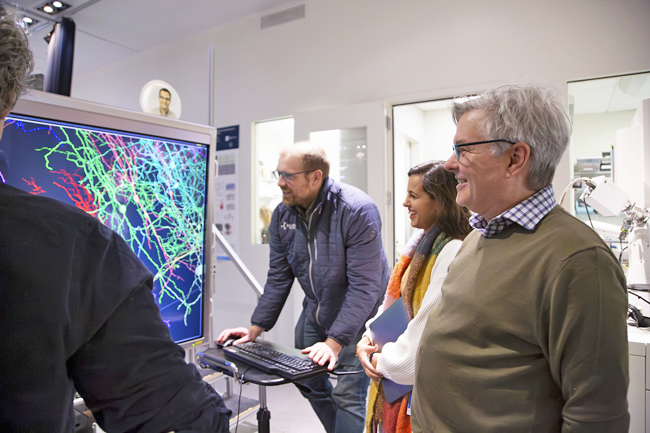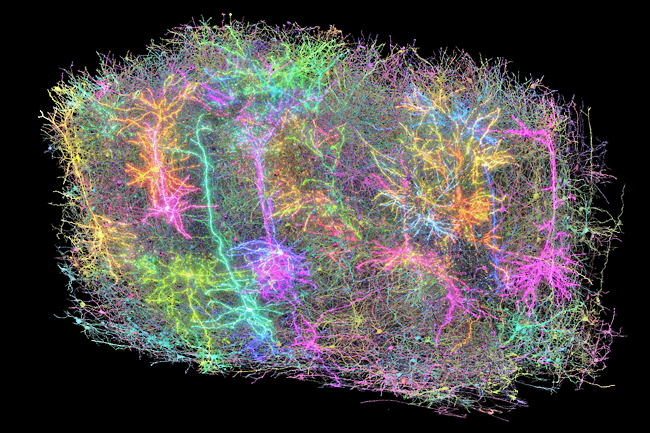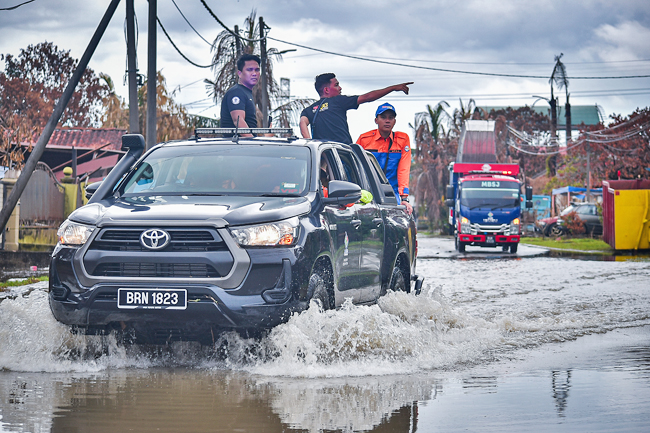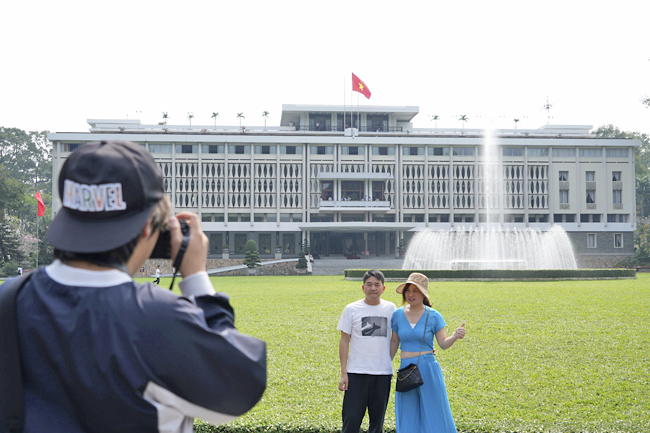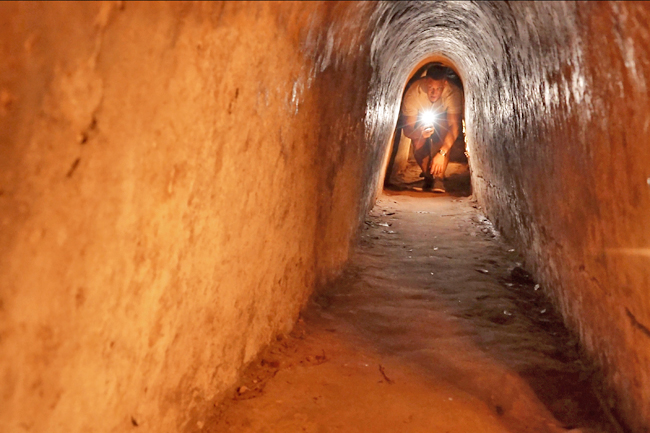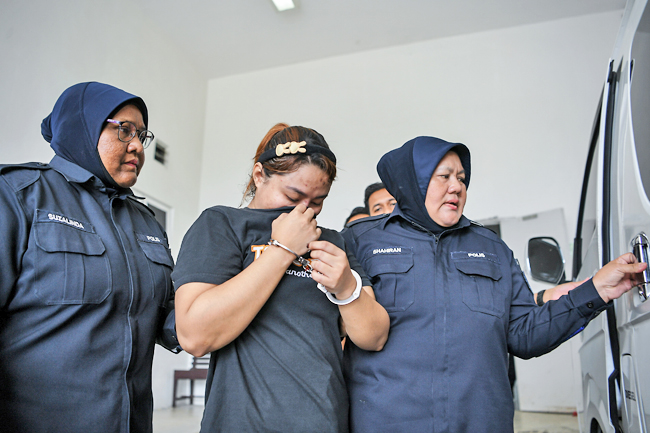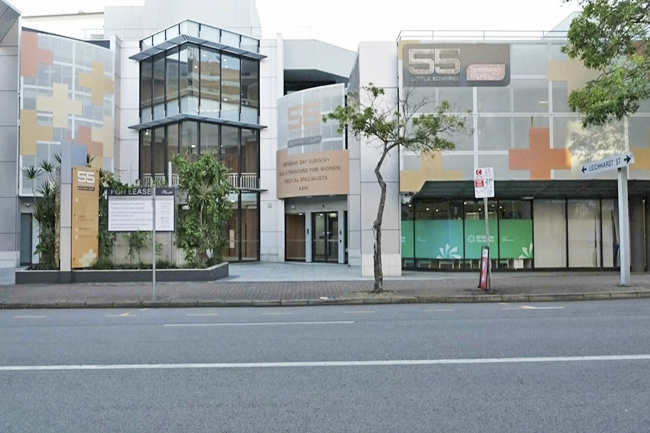Baiduri Bank celebrates record profits and excellent performance

Delivering strong financial performance
2024 has proven to be yet another milestone year for Baiduri Bank. Celebrating our 30th anniversary, the Baiduri Bank Group achieved its highest-ever net profit, surpassing BND 100 million for the first time.
At Baiduri Bank specifically, our net profit reached BND 95.1 million in 2024, up from BND 90 million in 2023 —marking another historic record. This remarkable achievement reflects our sustained growth, disciplined cost management, and diversified income streams, consistently strengthening our market leadership and credibility.
Our growth in profitability was achieved alongside continued financial stability, demonstrated by a strong Return on Equity (ROE) of 14.93%, significantly above the industry average of 11.8%.
These results clearly illustrate our effective use of resources and ongoing commitment to delivering value to our stakeholders.

Baiduri Bank’s sound financial health was also internationally recognised through Standard & Poor’s reaffirmation of our A-/A-2 rating with a stable outlook for the third consecutive year in 2024—validating our prominent role within Brunei’s banking sector as a reliable financial partner.
In recognition of our strong performance across the board, Baiduri Bank also achieved a clean sweep of six major industry awards in 2024, including Best Bank in Brunei by Euromoney and Bank of the Year by The Banker, reflecting regional and international confidence in our strategy and results.
Solid performance across all business areas
These record financial results in 2024 were driven by strong contributions from every division of the Bank, including Corporate Banking, Retail Banking, Treasury and our subsidiaries.
In Corporate Banking, we significantly enhanced our capabilities through participation in major syndicated loan arrangements. A notable highlight was our involvement in Atome Financial’s USD 200 million syndicated credit facility, led by global financial institutions including HSBC. This strategic partnership strengthened our regional presence and enhanced our expertise in managing cross-border financial services and complex financing transactions.
In Retail Banking, Baiduri Bank introduced key innovations such as the Home Loan Centre, providing simplified and personalised mortgage advisory services, particularly catering to young professionals and first-time homebuyers. Additionally, we launched Tap2Pay—Brunei’s pioneering mobile-based contactless payment solution—making digital transactions simpler and more affordable for SMEs.
In Treasury, we successfully managed high-interest-rate environments, notably in international markets such as Singapore, generating robust returns while meticulously managing risk exposure.
In 2024, Institutional Banking was restructured as a separate business unit from Treasury to focus on developing commercial activities with counterparty banks worldwide, particularly those based in Singapore. This expansion has strengthened our ability to serve the evolving needs of institutional and large corporate clients, reinforcing our market position and supporting sustainable growth.
Baiduri Capital also marked a key milestone in 2024 with the launch of Baiduri Invest, a digital investment platform providing local investors with seamless and secure access to diversified investment opportunities, reinforcing our commitment to wealth management solutions.

Investing in digital transformation
Digital transformation continued to be a key strategic priority for Baiduri Bank in 2024. We made significant progress in modernising our core banking systems, particularly through the ongoing development and implementation of the Temenos Core Banking System—a state-of-the-art, cloud-based Software-as-a-Service (SaaS) platform. This new infrastructure will greatly enhance our digital capabilities by providing increased scalability, connectivity, and operational efficiency through advanced Application Programming Interface (API) integrations.
In 2024, Baiduri Bank expanded our Robotic Process Automation (RPA) initiatives, deploying 37 automated processes across various departments and significantly reducing operational times. Additionally, 29 employees were trained as certified citizen developers, further enhancing productivity and customer service standards.
Commitment to sustainability
In 2024, sustainability continued to be central to our strategy, shaping the way we operate and deliver value. Baiduri Bank undertook a comprehensive materiality assessment, engaging key stakeholders to identify and prioritise the sustainability issues most relevant to our operations and community. This assessment guided the development of a structured Baiduri Greenprint built around three strategic pillars: People, Process, and Planet.
Further affirming our global commitment, Baiduri Bank became a member of the United Nations Global Compact, aligning our sustainability efforts with international standards and demonstrating our aspiration to drive meaningful change. Additionally, we appointed our first Head of Sustainability to oversee and accelerate these initiatives, reinforcing sustainability as an integral aspect of our corporate culture and strategic direction.
Strengthening community bonds through CSR
Our Corporate Social Responsibility (CSR) efforts play an essential role in supporting and enabling the Bank’s broader sustainability framework. Structured around three core pillars—Social, Economic, and Environmental—our CSR programmes deliver tangible impact closely aligned with our Sustainability strategy.
These strategic initiatives focus on environmental conservation, promoting social welfare, and fostering economic empowerment within our communities. By actively engaging in these areas, our CSR programmes reinforce our commitment to sustainable growth and responsible banking practices.
Developing our greatest asset—our people
At Baiduri Bank, we firmly believe that our greatest asset is our people. In 2024, we achieved record levels of employee engagement, with a 73% engagement score in our annual survey—well above regional benchmarks.

We continued to prioritise talent development, filling 108 roles internally and reducing staff turnover to just 1.7%. Our training programmes focused on future-facing skills such as generative AI, sustainability, digital process innovation, and business analytics, while our leadership development initiatives strengthened succession planning across the organisation.
A key highlight was Baiduri Bank being recognised on the regional stage as ‘Brunei Employee Engagement of the Year’ at the 2025 Asian Management Excellence Awards—affirming our commitment to building a capable, engaged, and future-ready workforce.
Looking ahead with optimism
Aligned with our long-term strategic vision, Baiduri Bank is laying the groundwork to support future opportunities beyond our domestic market—scaling up capabilities, strengthening governance and risk management, and enhancing the infrastructure required to meet the demands of a more interconnected financial landscape.
2024 has been exceptional, defined by outstanding financial results, resilience, and sustained innovation.
We proudly celebrate these achievements, deeply grateful for the continued trust and support of our customers, employees, partners, and stakeholders. As we move into 2025, Baiduri Bank remains committed to co-creating a future defined by shared progress and lasting impact—driving sustainable growth, innovation, and excellence, and reinforcing our role as a trusted financial partner well into the future.
